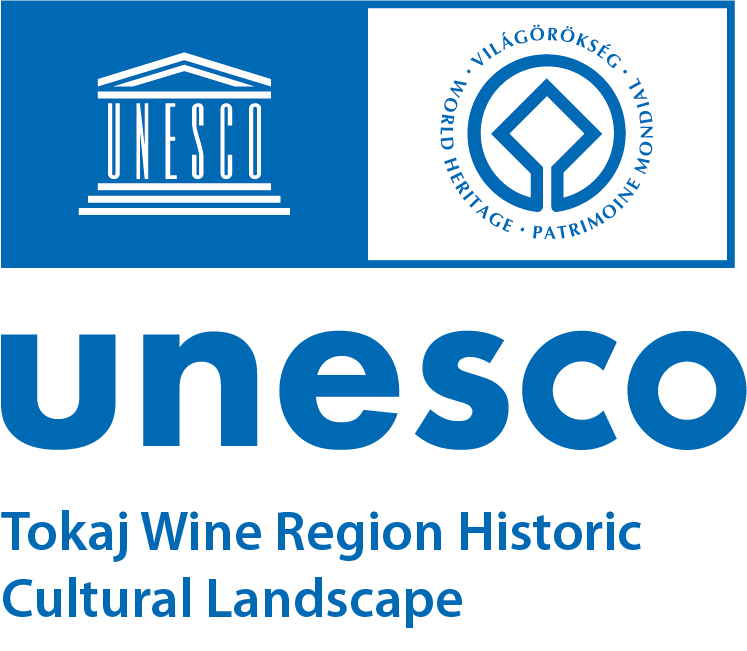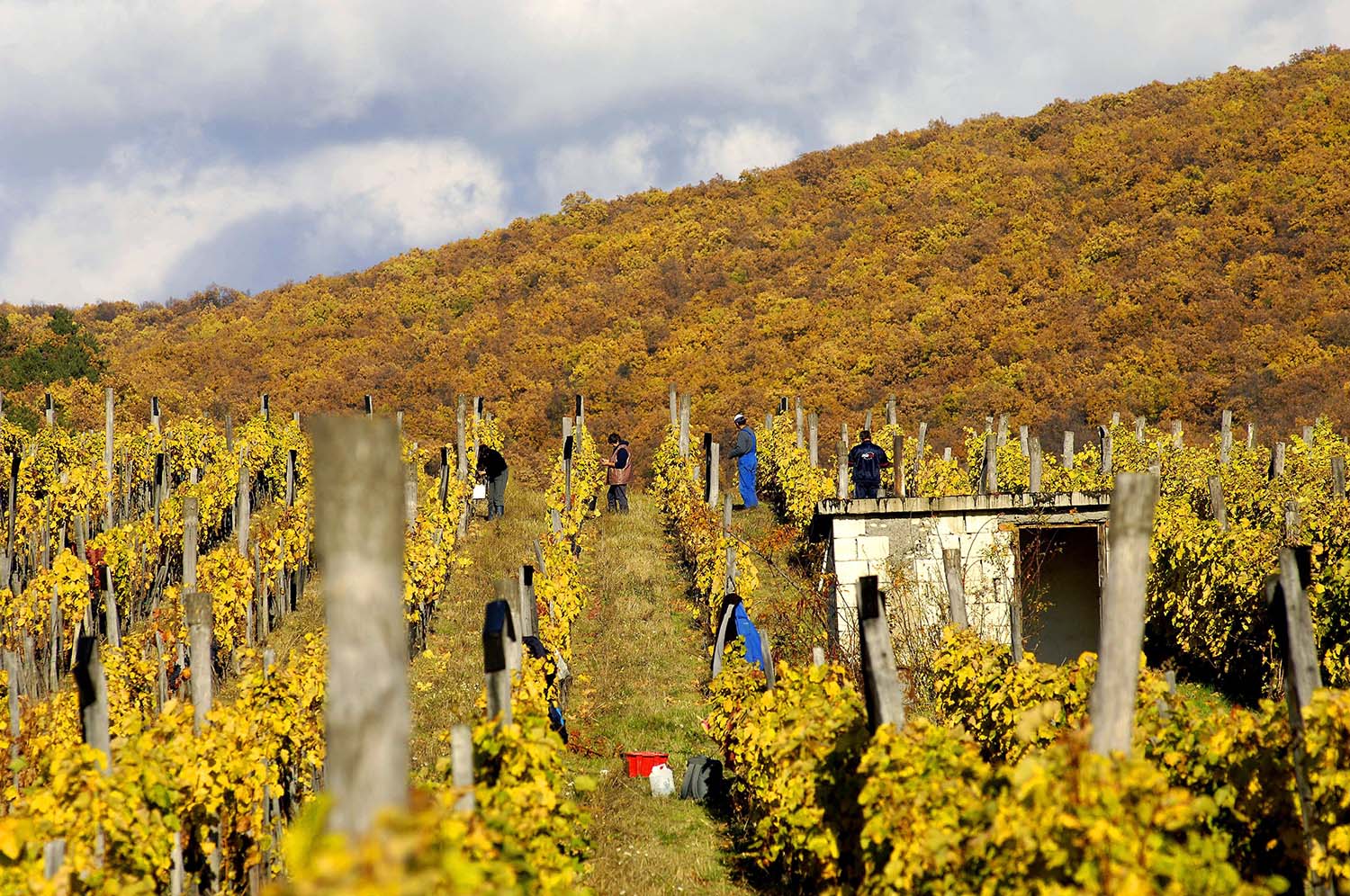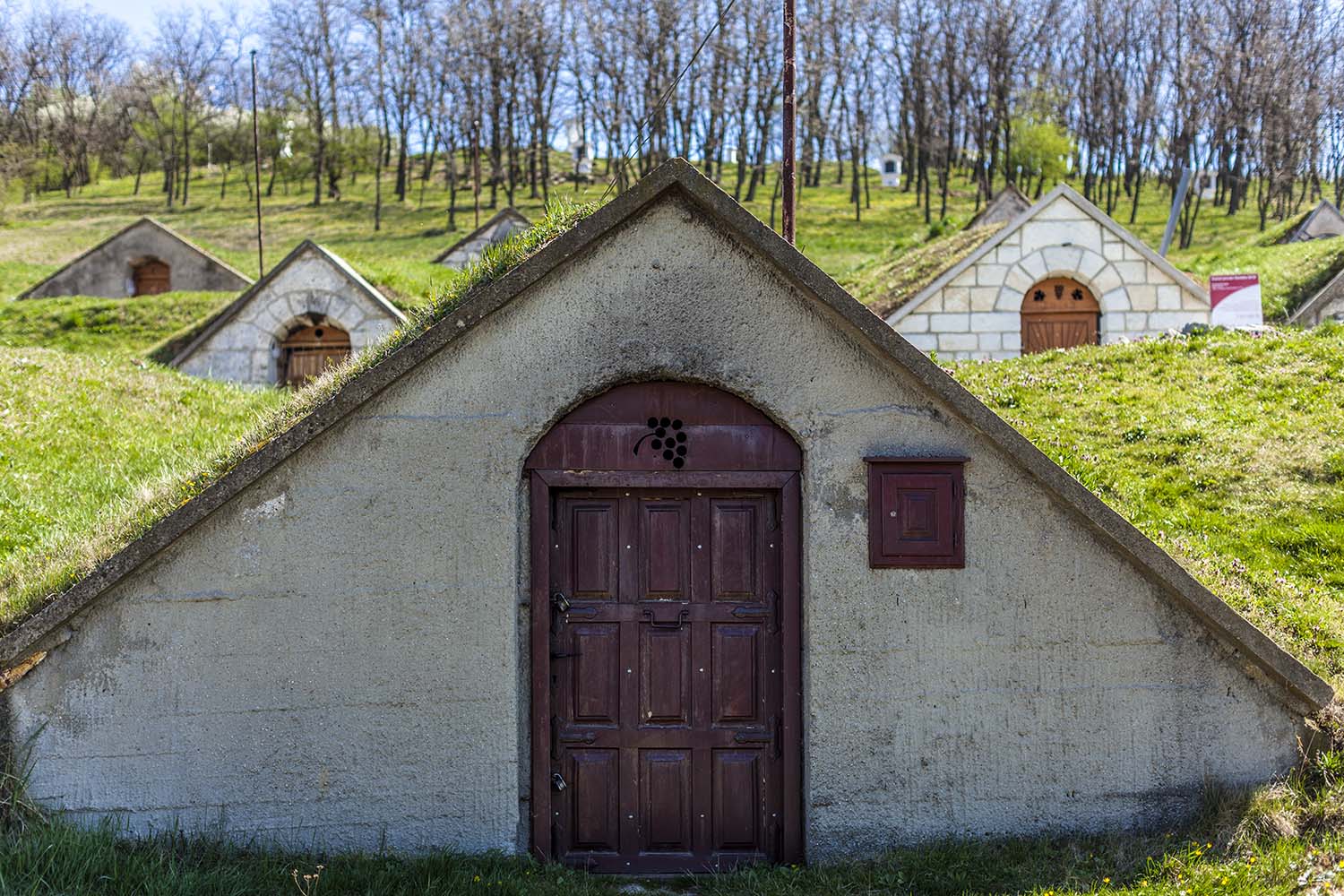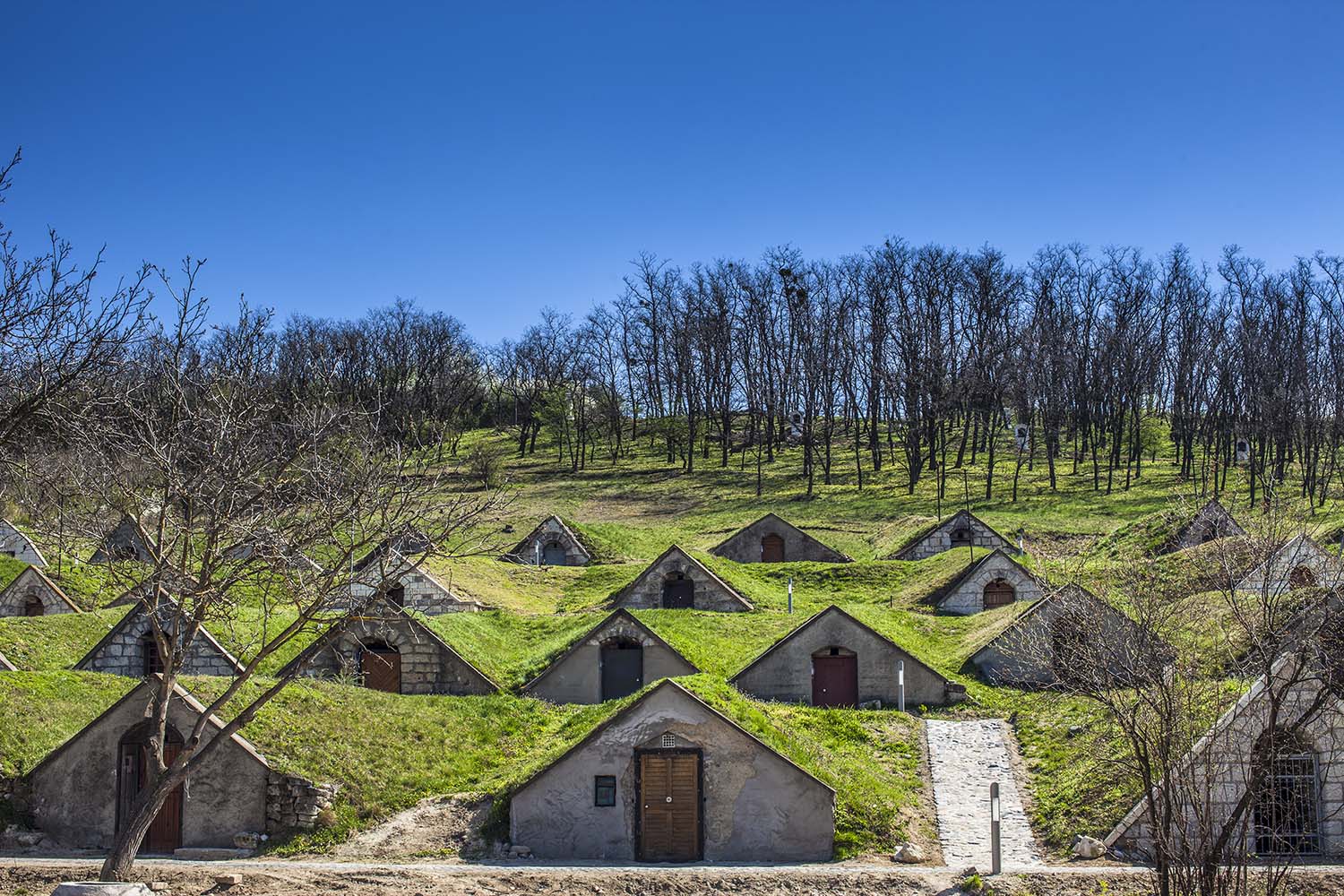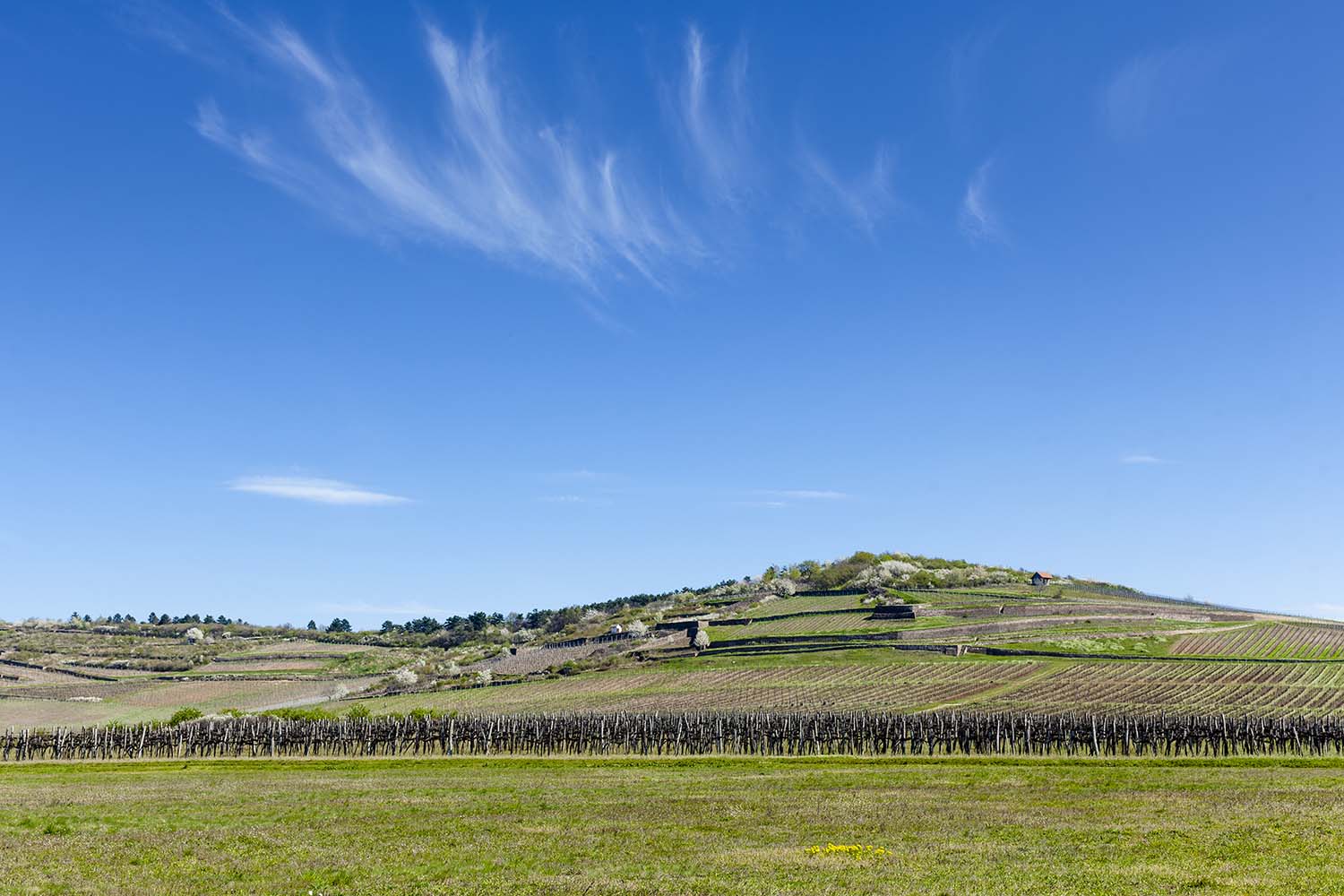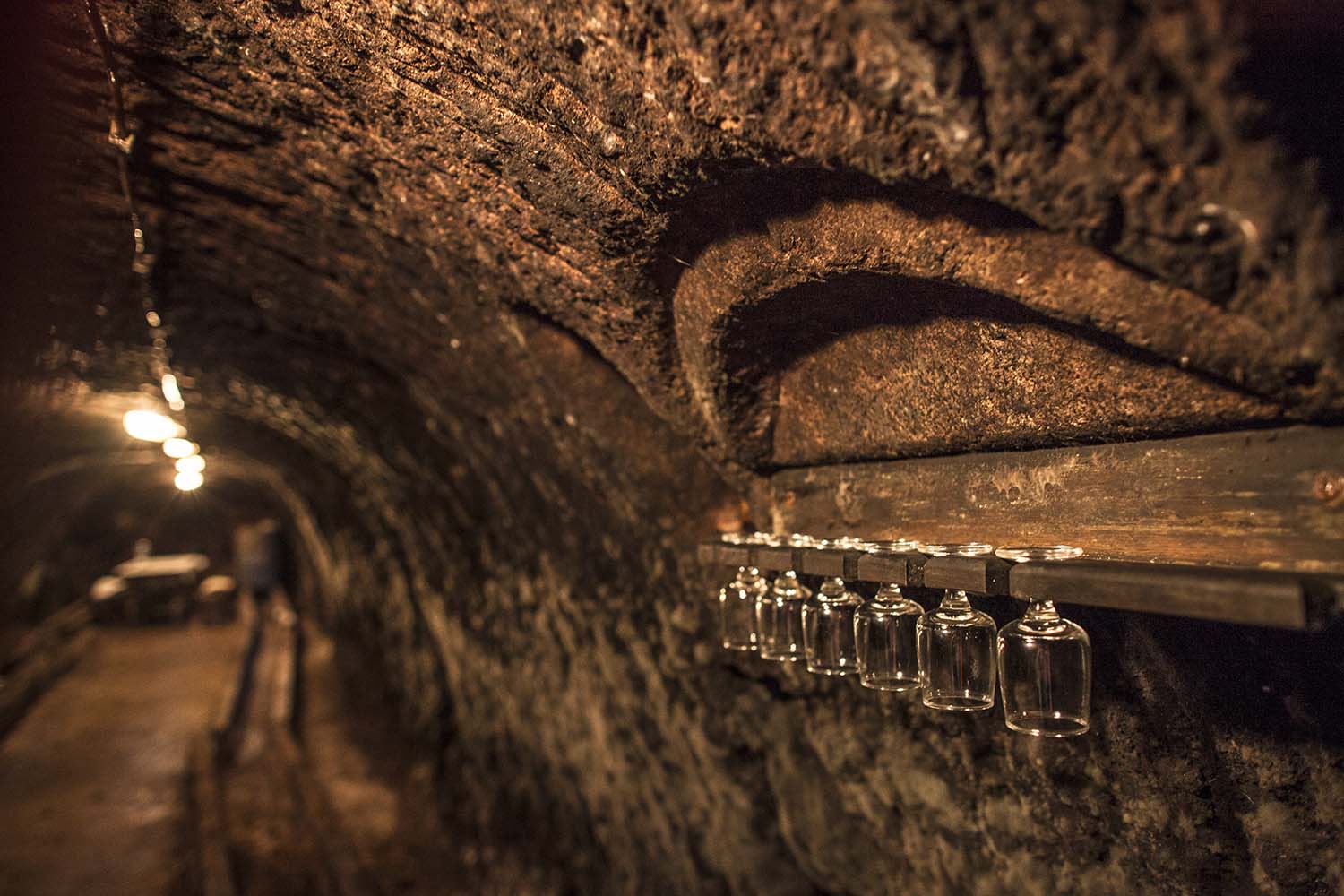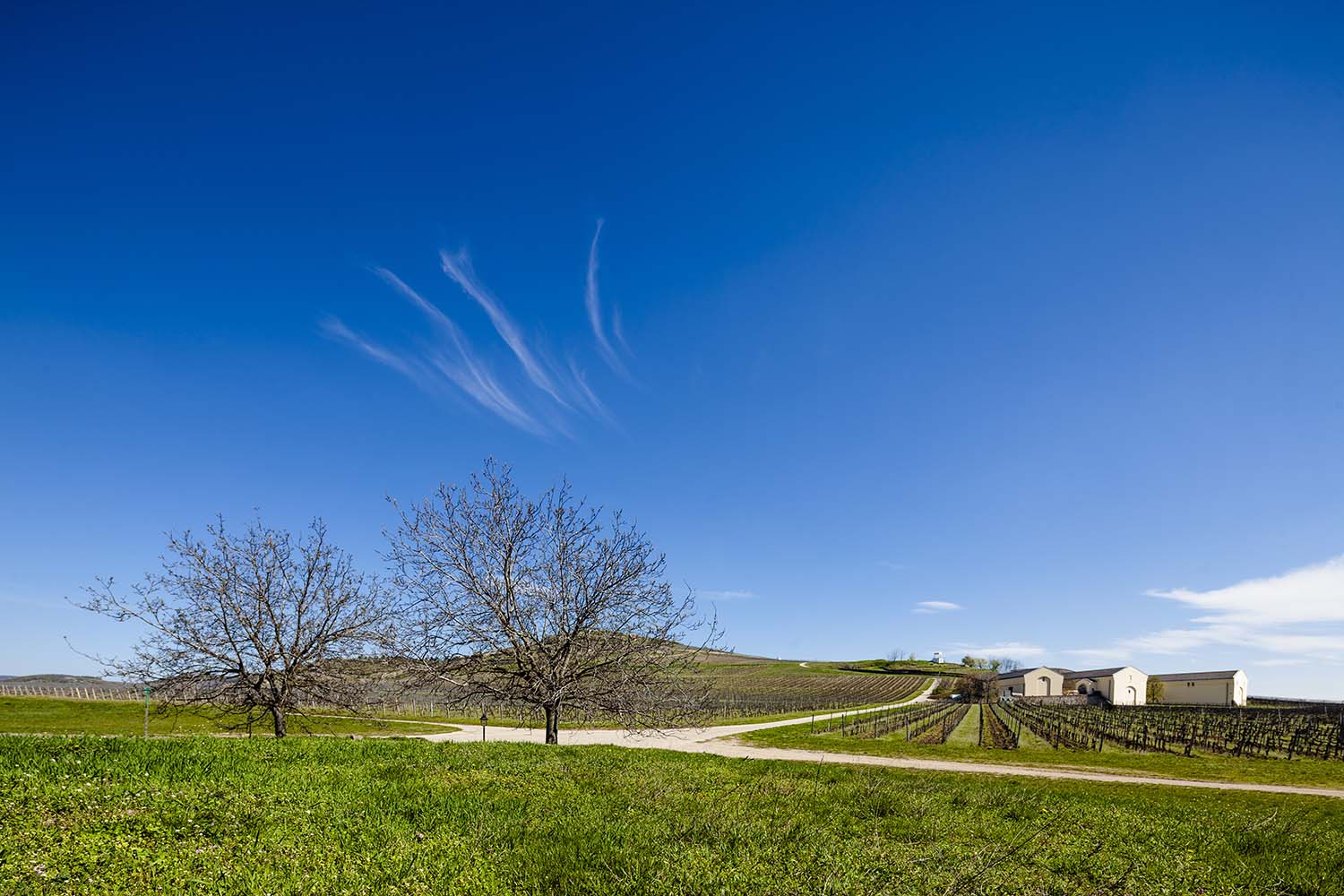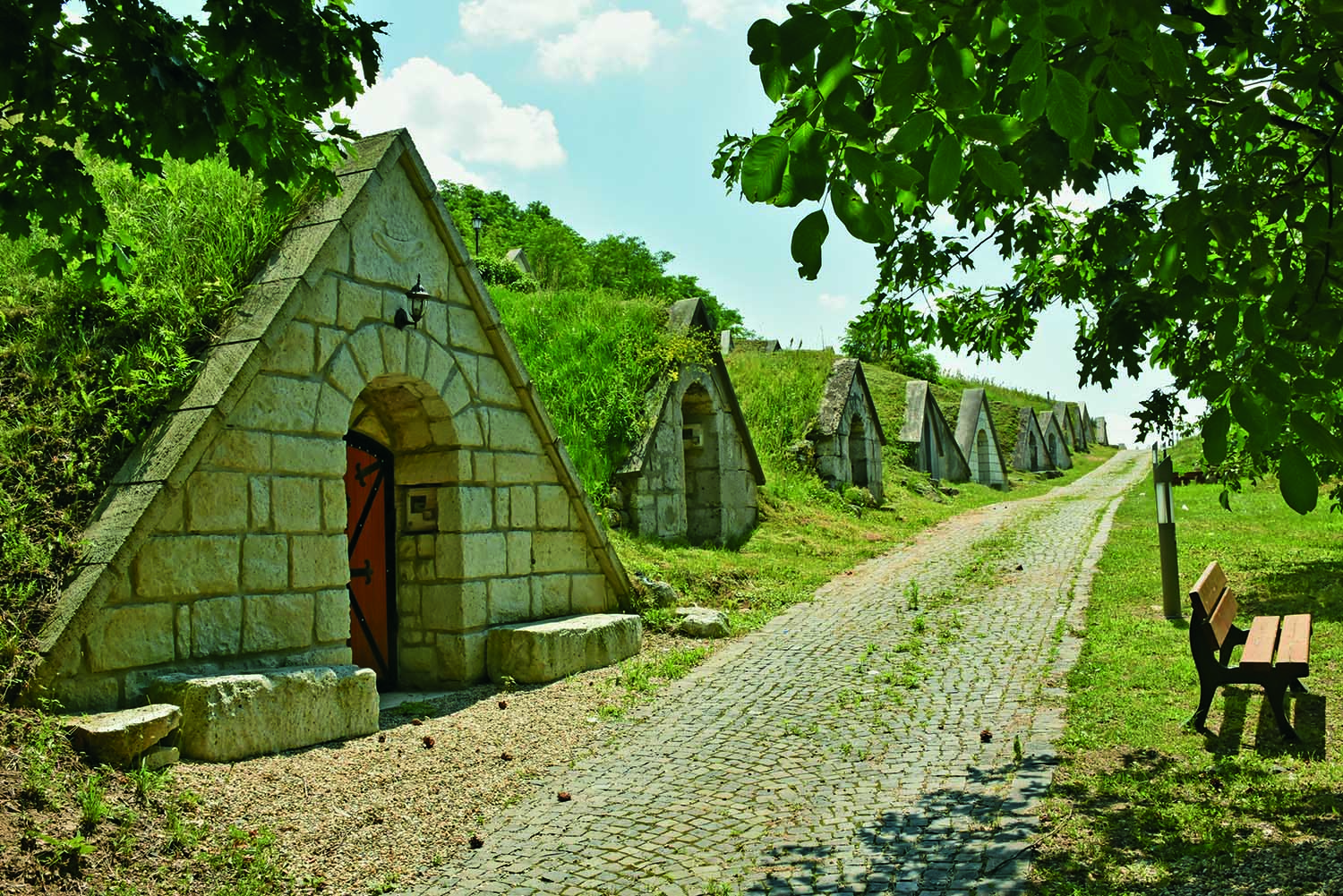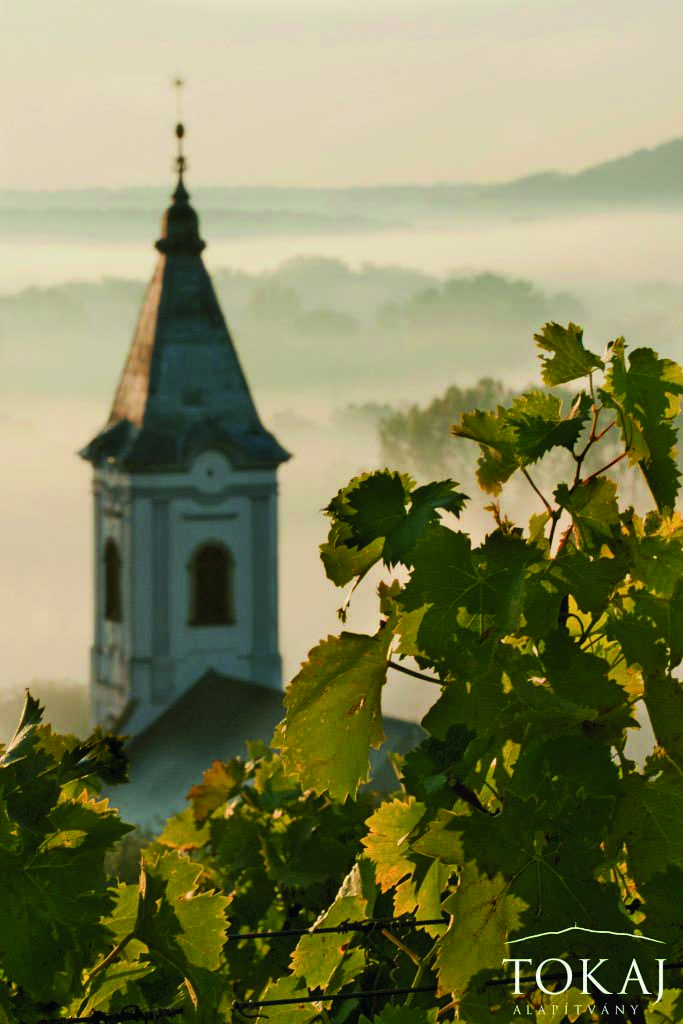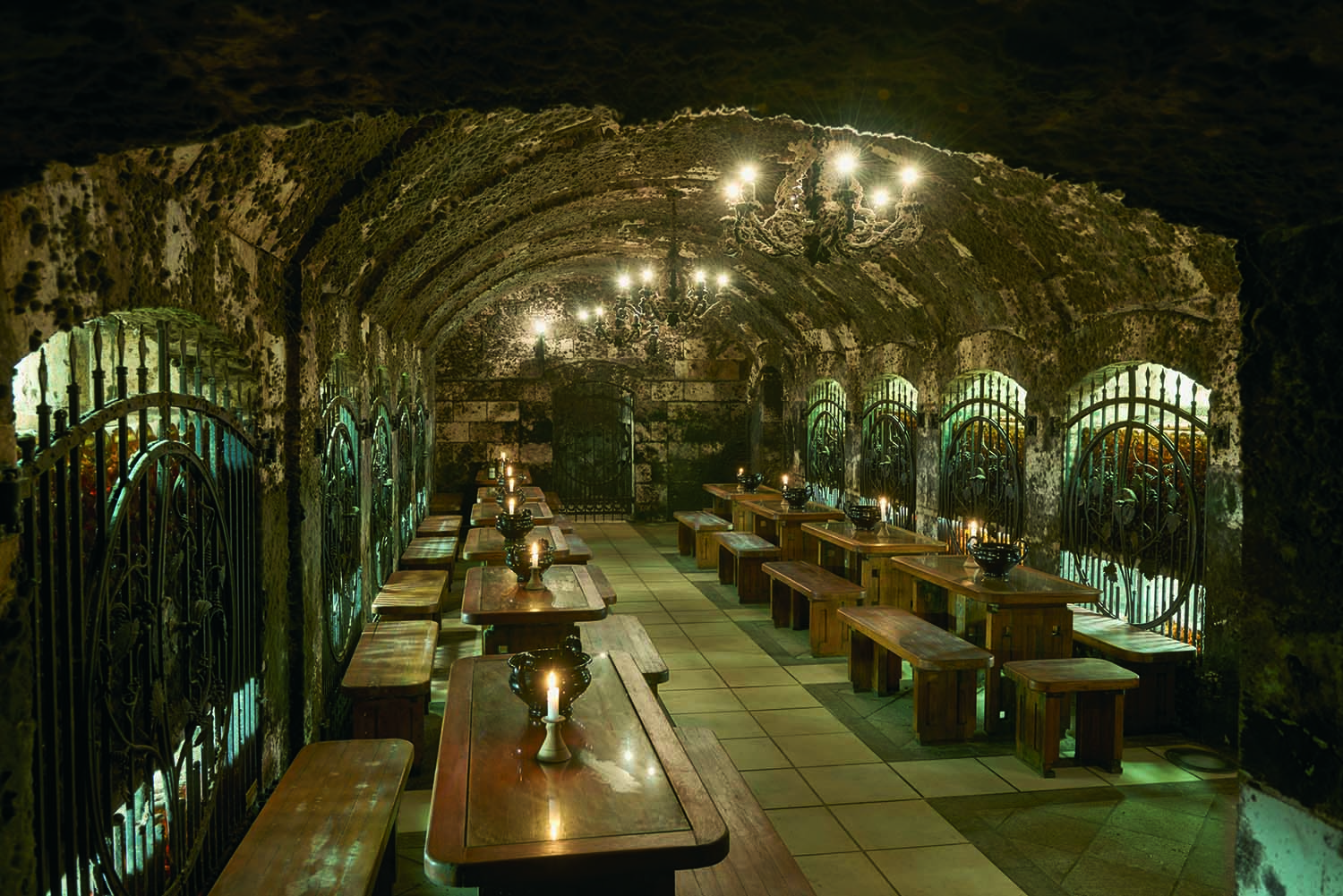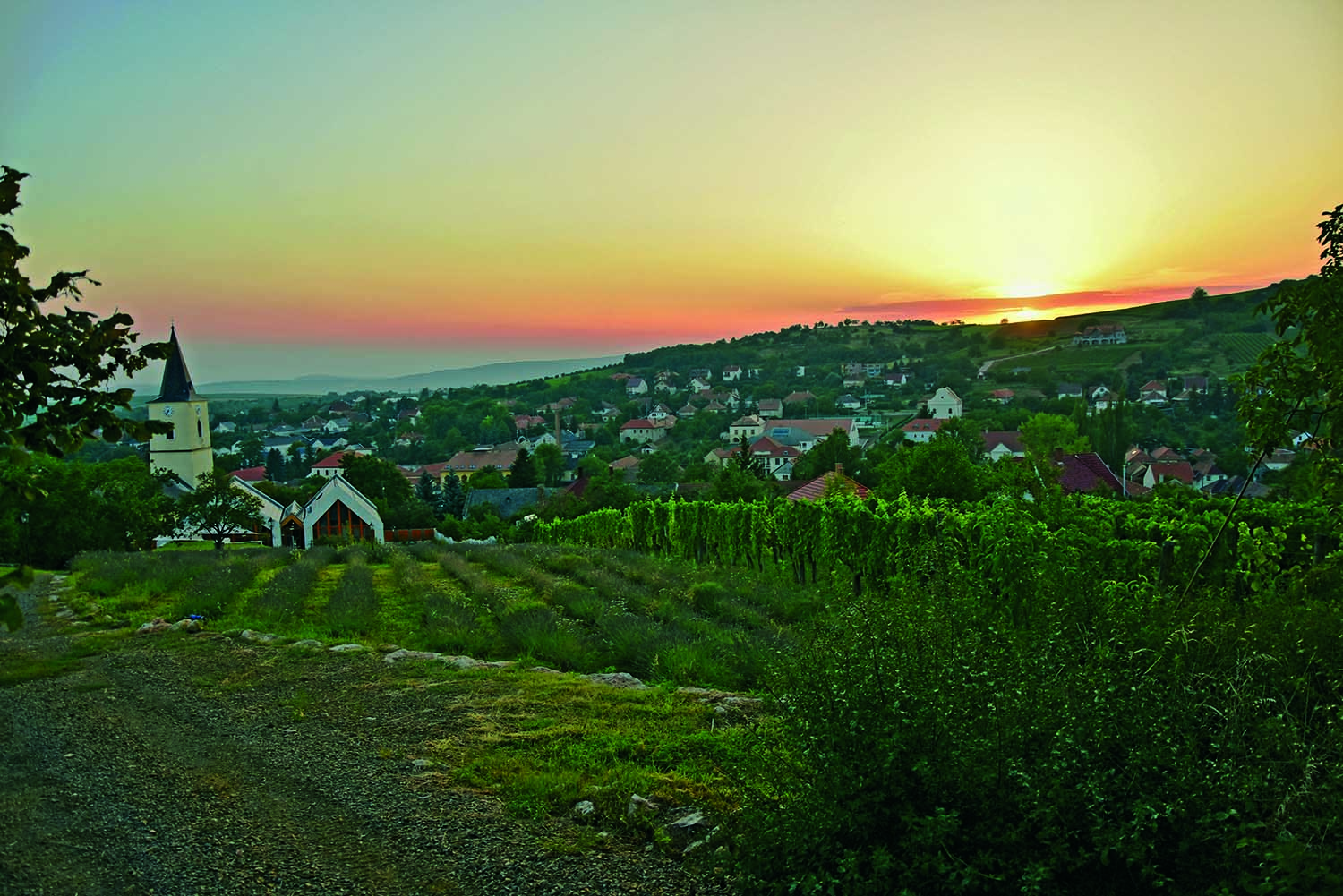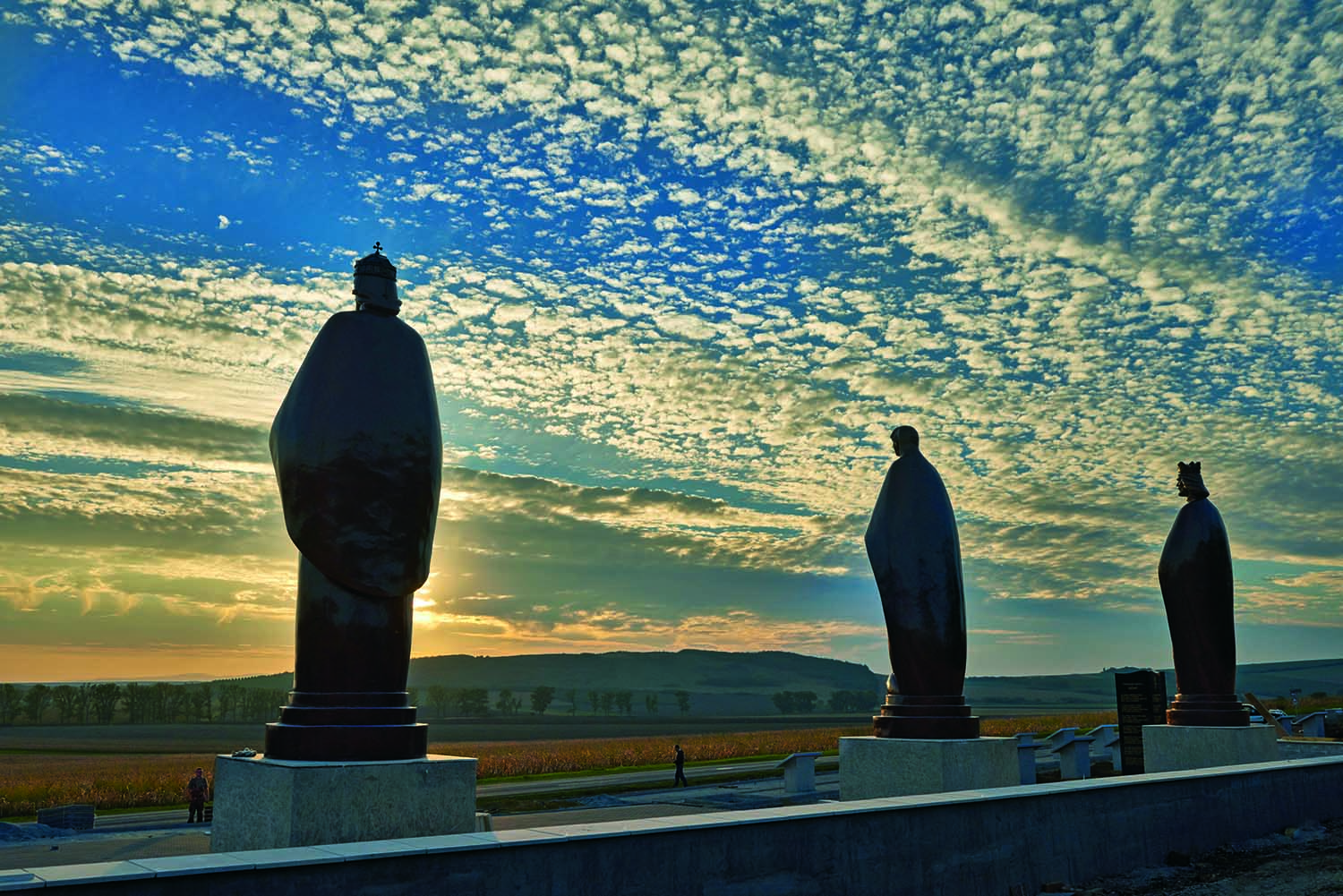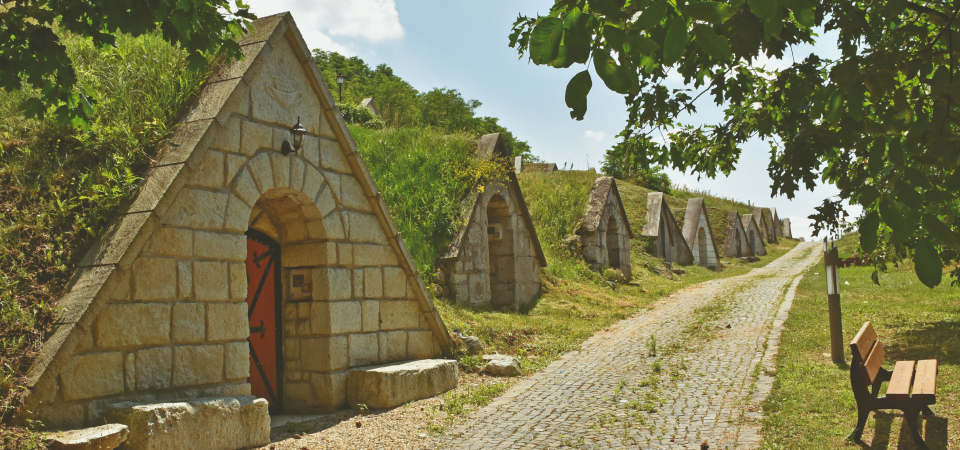
Tokaj Wine Region Historic Cultural Landscape
Introduction
The ‘Tokaj wine region historic cultural landscape’ was inscribed on the World Heritage List by the World Heritage Committee of the UNESCO as a cultural property in 2002, with the registration number 1063. Exemplifying a landscape formed by both people and nature, the site earned its world heritage title for continuing and preserving the unique, thousand-year-old viticulture and wine-making traditions in their original form, for including the vineyards and long-standing settlements of the Tokaj wine region, for its characteristic architecture, as well as for its remarkable historic wine cellars. On more than 88 000 ha, the world heritage site covers 27 settlements, including at its core the towns of Bodrogkeresztúr, Bodrogkisfalud, Mád, Mezőzombor, Szegi, Tállya, Tarcal, Tokaj and Rátka.
Gallery
About the Site
Located at the foothills of the Zemplén Mountains, along the River Bodrog and at the confluence of the Rivers Bodrog and Tisza, the World Heritage Site has unique natural attributes. The combination of volcanic slopes and floodplain wetland habitats creates a special microclimate for the infestation of Botrytis cinerea, the beneficial noble rot affecting grapes, while the surrounding oakwoods also contribute to the prevailing unique culture of grape cultivation and wine production. Inhabitants of the Tokaj-Hegyalja region are likely to have been occupied with viticulture and wine-making for more than a thousand years. probably since the Hungarian conquest, although evidence is only available from the arrival of French, Italian and Walloon settlers during the reign of Béla III, in the second half of the 12th century. The history of the wine region has been documented since 1561, attesting the fact that grape cultivation and the making of the ‘aszú’ wine has been carried on for centuries in the area surrounded by three hills, the Kopasz-hegy of Tokaj, the Sátor-hegy of Abaújszántó and the Sátor-hegy of Sátoraljaújhely.
The wine region first become in 1737 by a royal decree that established the area as the first demarcated wine region of the world, listing the settlement outskirts suitable for growing grapes for the purpose of producing Tokaj wine. Miocene-era finds of the region include the imprints of a primeval grapevine (Vitis tokaiensis) that is considered to be the common ancestor of grape varieties today, indicating that grape is a native plant species – the primeval grape Vitis sylvestris can still be found in uncultivated areas of the Tokaj-Hegyalja region. The two major wine grapes of the region are the Furmint and the Linden Leaf, but the Yellow Muscat, the Kabar, the Zeta and a Hungarian white grape variety called „fat grape” are also significant.
The special combination of environmental factors brought forth the viticulture of the region, resulting in the establishment of vineyards on the foothills and a network of historic wine cellars carved manually into the volcanic rock of the mountains. There are two basic cellar types: the vaulted and the excavated cellar. Most of the wine cellars of the Tokaj-Hegyalja region were built in the 15-18th centuries, however, it can be assumed that during the reign of Könyves Kálmán in the 1100s a wine cellar was already built as part of the royal property to store the wine produced here. The cellar doors in the wine region usually face the north, they lead steeply underground where the temperature is 12-13 °C all year round. Due to the special microclimate, the Cladosporium cellare cellar mold grows on the walls and affects beneficially the wine maturation process.
The decree of the UNESCO World Heritage Committee names the following wine cellars as outstanding objects: the Rákóczi Cellar of Sárospatak, the cellars of the Wine Museum in Tolcsva, the Oremus Cellars of Tolcsva, the Ungvári Cellar of Sátoraljaújhely, the Gomboshegyi Cellar of Hercegkút, and the row of wine cellars in Kőporos.
Traditional land use persists lively to this day in spite of changing historic and economic conditions. The historic settlements retained their basic structures and their connections to each other and to the landscape. The landscape character of the Tokaj-Hegyalja region is defined by the rich variety of historic vineyards (slopes, terroirs), the network of long-standing settlements, the abundant cultural heritage reflecting ethnical diversity, as well as other definitive structures connected to viticulture (terraces, built stone walls and hedges, ponds).
Map
Map of the Tokaj-Hegyalja Historic Wine Region World Heritage Site.

Outstanding Universal Value
The Outstanding Universal Value of the ‘Tokaj Wine Region Historic Cultural Landscape’ World Heritage Site is defined by Decision 37COM 8E (2013) of the UNESCO World Heritage Committee. According to this decision, the Tokaj wine region historic cultural landscape is of outstanding importance due to the thousand-year-old active viticulture and its effect on shaping the landscape character, as well as to its rich and diverse cultural heritage. The outstanding universal value of the site is made up of the following attributes:
- thousand-year-old (documented since 1561, demarcated wine region since 1734) viticulture (growing grapes and making ’aszú’ wine) that is still active today;
- landscape character shaped by its interaction with viticulture (landscape image and structure);
- the rich and diverse cultural heritage of the region (the socio-cultural, ethnical and religious diversity of the inhabitants of the Tokaj-Hegyalja, the special reputation of the Tokaj ’aszú’ wine)
Further element of the outstanding universal value of the site is the special combination of environmental factors:
- climatic and environmental attributes contributing to a unique way of growing grapes and making wine – the combination of volcanic slopes and wetland habitats creating a special microclimate for the infestation of Botrytis cinerea, the beneficial noble rot affecting grapes, the presence of the surrounding oakwoods; as well as the vineyards, villages, small towns and the network of (vaulted and excavated) cellars carved manually into the volcanic base rock.
Attributes carrying outstanding universal value are the thousand-year-old viticulture that is capable of continuous renewal; the unique density of cellars and cellar networks built between the 13th century and today, a cellar complex consisting of thousands of objects; the urban and architectural heritage and artefacts of settlements based upon the network of former market towns; the character of the landscape ensemble resulting from the synergy of the thousands of years of land use, the geological and geomorphological features, and the wildlife; the exceptional diversity of living and non-living natural – biological, geological-geomorphological and hydrographical – values; the rich archaeological material reflecting the cultures built upon one another through thousands of years; the unparalleled wealth resulting from centuries of research and collection, artistic creation, and the making of myths and establishment of traditions.
The inscription of the site on the World Heritage List is justified by its compliance with criteria (iii) and (v).
-
Criterion (iii)
The Tokaj wine region represents a distinct viticultural tradition that has existed for at least a thousand years and which has survived intact up to the present. -
Criterion (v)
The entire landscape of the Tokaj wine region, including both vineyards and long established settlements, vividly illustrates the specialized form of traditional land use that it represents.
Contact
Tokaj Borvidék Fejlődéséért Nonprofit Kft.
Address: H- 3910 Tokaj, Dózsa György utca 2.
E-mail: vilagorokseg@tbft.hu
Phone: +36 20 772 2361
www.tbft.hu/
